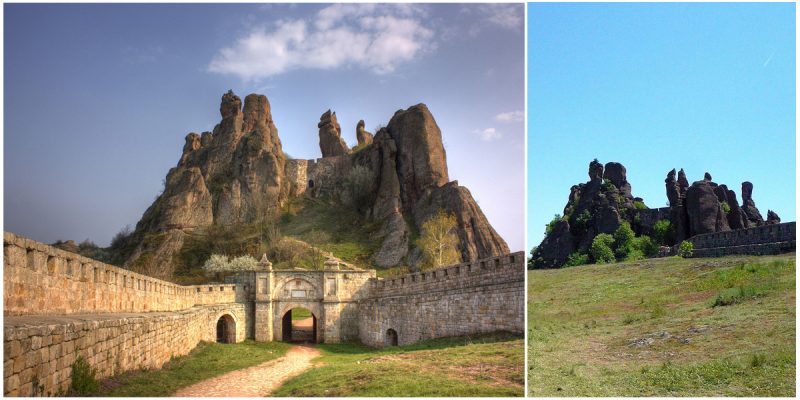The ancient Belogradchik Fortress, also known as “Kaleto”, is one of the best-preserved Bulgarian fortresses located in the Balkan Mountains. It is situated near the town of Belogradchik among the renowned Belogradchik rocks. The fortress is the main tourist attraction in the city and it is one of Bulgaria’s cultural monuments of national importance.
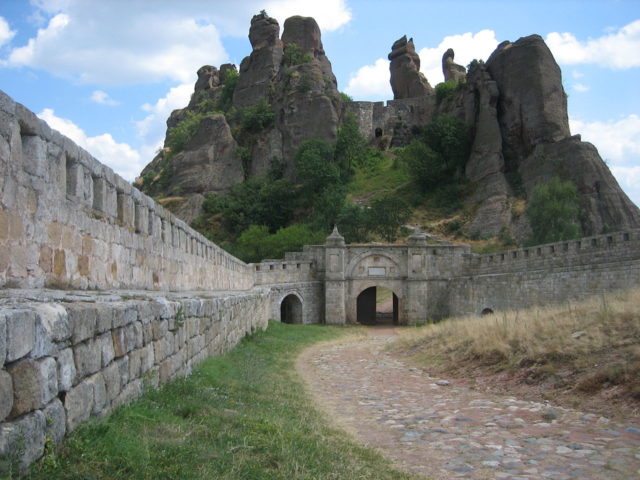
According to legend, there was a poor shepherd named Anton. He fell in love with a girl named Vitinya, but her father wouldn’t allow them to marry and sent his daughter into the Nunnery on the mountain’s slope.
They continued to meet in secret and soon conceived a child. The nuns ousted Vitinya with her child, but Anton came, riding a horse, and rescued them. At that moment a great storm rose up, and with one stroke of lightning everything around the nunnery was turned into stone.
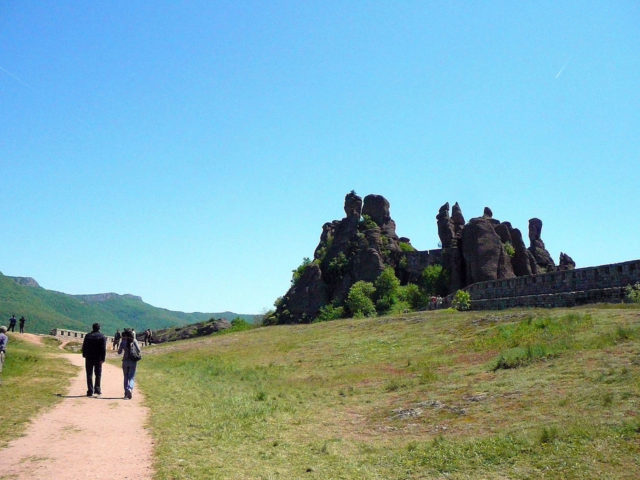
In the foundation, the walls of the fortress are over 6 ft high and are reaching up to 39 ft in height. The total area of the fortress in 109, 900 sq ft and its purpose was to control the road from the strategic town of Ratsiaria. There are three fortified yards which are connected through gates.
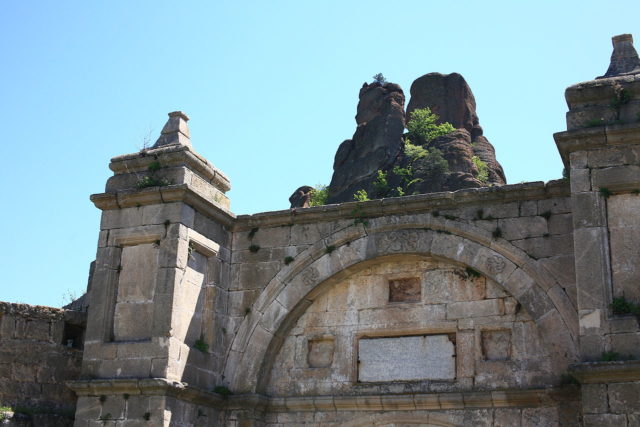
The fortress was built during the time when the region was a part of the Roman Empire. The Belogradchik Rocks provided natural protection, and the fortress served as an important surveillance post.
In the 14th century, the Bulgarian tsar Vidin Ivan Strasimir extended the old fortress, building fortified garrisons before the pre-existing rock massifs. At the end of the 14th century, the fortress was captured by the Ottomans, who expanded if further and used it to suppress local uprisings.
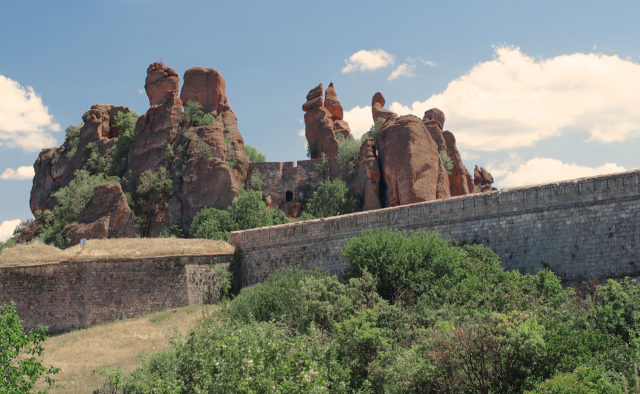
The fortress played a negative role in 1850, at the time of the Belogradchik Revolt. After the rebels were crushed, some of the town’s most prominent men were taken through a tunnel of the fortress and were beheaded. At the place of the beheading, a monument in their memory was built.
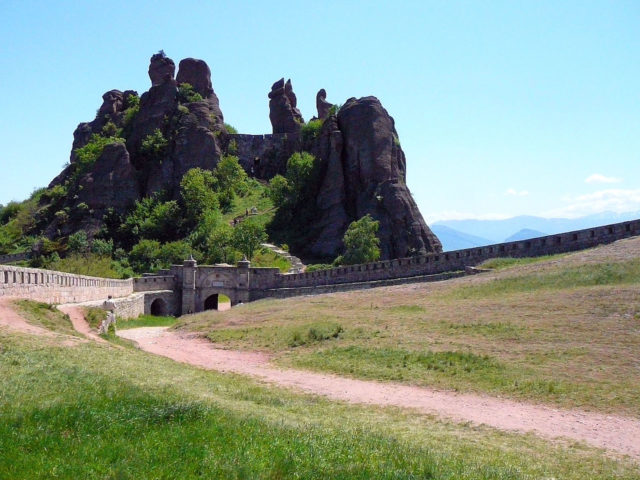
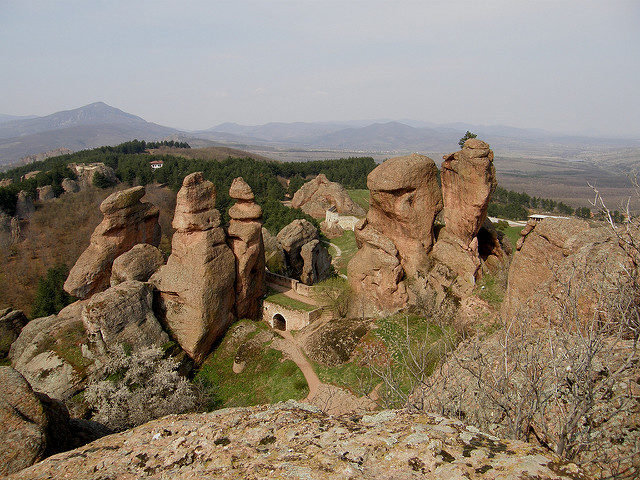
The fortress was used for the last time during the war between Serbia and Bulgaria in 1885. It was declared and architectural and constructional monument in Issue 41 of the State Gazette of 1965.
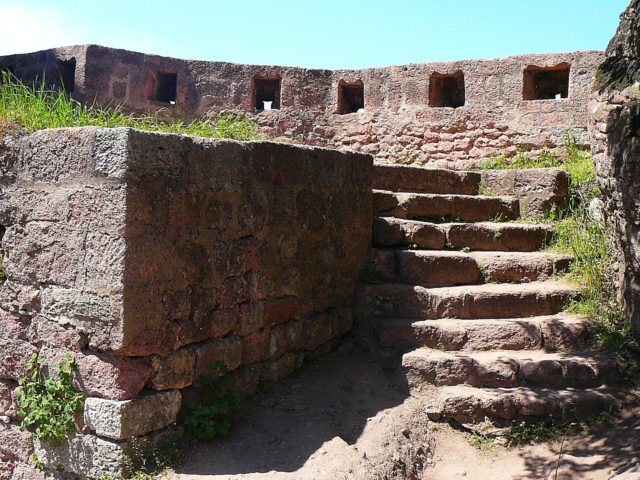
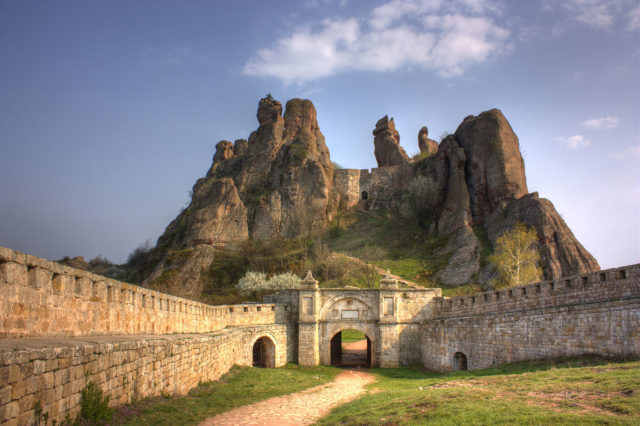
The fortress is a cultural monument of national importance and it is one of the best–preserved ancient castles in Bulgaria.
